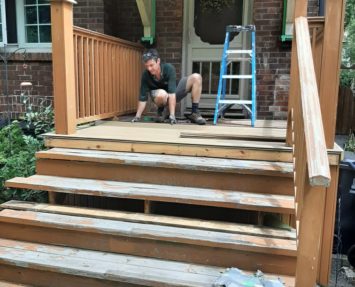Have you decided to begin a renovation project for your home? Then you might be one of the many Canadians improving their house each year. One of the most important things to ensure a successful experience, is making a budget that fits your project and then of course sticking to it.
It is easier said than done of course, but with a few tips and tricks, you can become much better equipped to take on the tasks ahead. So in this article we will cover some of the different ways in which you can create a realistic budget. Good luck!
Settle on the extent of the project
Before you can begin the process of actually creating your budget, you should first figure out exactly what the renovation actually entails. This can be a relatively easy task, or it might require you contacting professionals in order to get an idea of the work that needs to be done.
Perhaps you are simply removing old wallpaper and giving the walls and ceilings a new coat of paint, in which case there probably won’t be any hidden expenses. But if you are digging up the old hardwood floors, or replacing the roof tiles, you might notice other things that need to be fixed as well in the process.
Research the time needed
While this is not strictly necessary in terms of the budget itself, it can also help if you are calculating a rough timeline. If nothing else, it will give you an idea of the scope of the entire renovation, and also help make it clear when to hire which contractors.
Research costs for materials, permits, contractors
Next up you will need to figure out rough costs for everything necessary. Remember to include permits if needed, and also account for the wages for contractors and so on. It can be a good idea to divide this into the different parts of the project, such as kitchen renovation, basement and so on.
Take your time with this step, and if in doubt, add a bit more than you think might be necessary. No home renovation project ever failed because there was too much money available, but many projects have stalled due to lack of funds.
Materials are relatively straightforward to figure out if you are buying directly from a shop, but sometimes contractors wish to use their own connections and suppliers, which might be cheaper, but also require you to rely on the quote you got.
Make a prioritized list
Now that you have an idea of the cost and time of each individual area of your home, it is time to be realistic with what you wish to spend on the project. If you have already divided up the cost per area of the home, you can now pick and choose between the different projects you’d like.
If you are in doubt whether to choose between certain areas, perhaps consider which of those would add the most resale value to the home, or which would give the most comfort if you plan on living there for many years to come.




